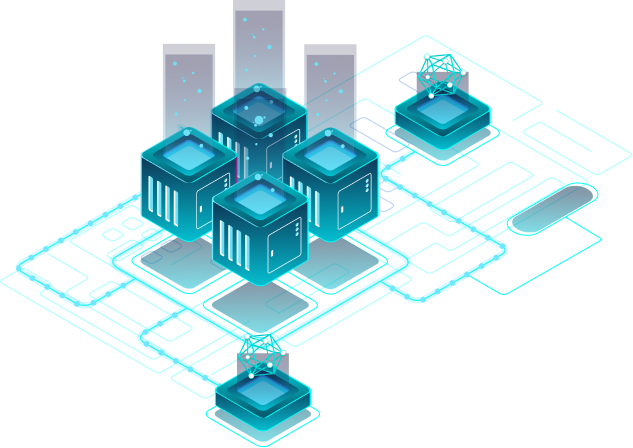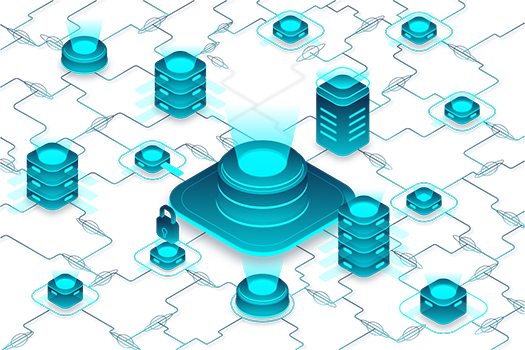
Enterprise Blockchain Solutions with Hyperledger Fabric
BSEtec offers customizable Hyperledger Fabric development services to build secure, scalable, and interoperable enterprise blockchain networks. Our solutions enable enterprises to streamline operations, improve transparency, and enhance security for complex workflows.





